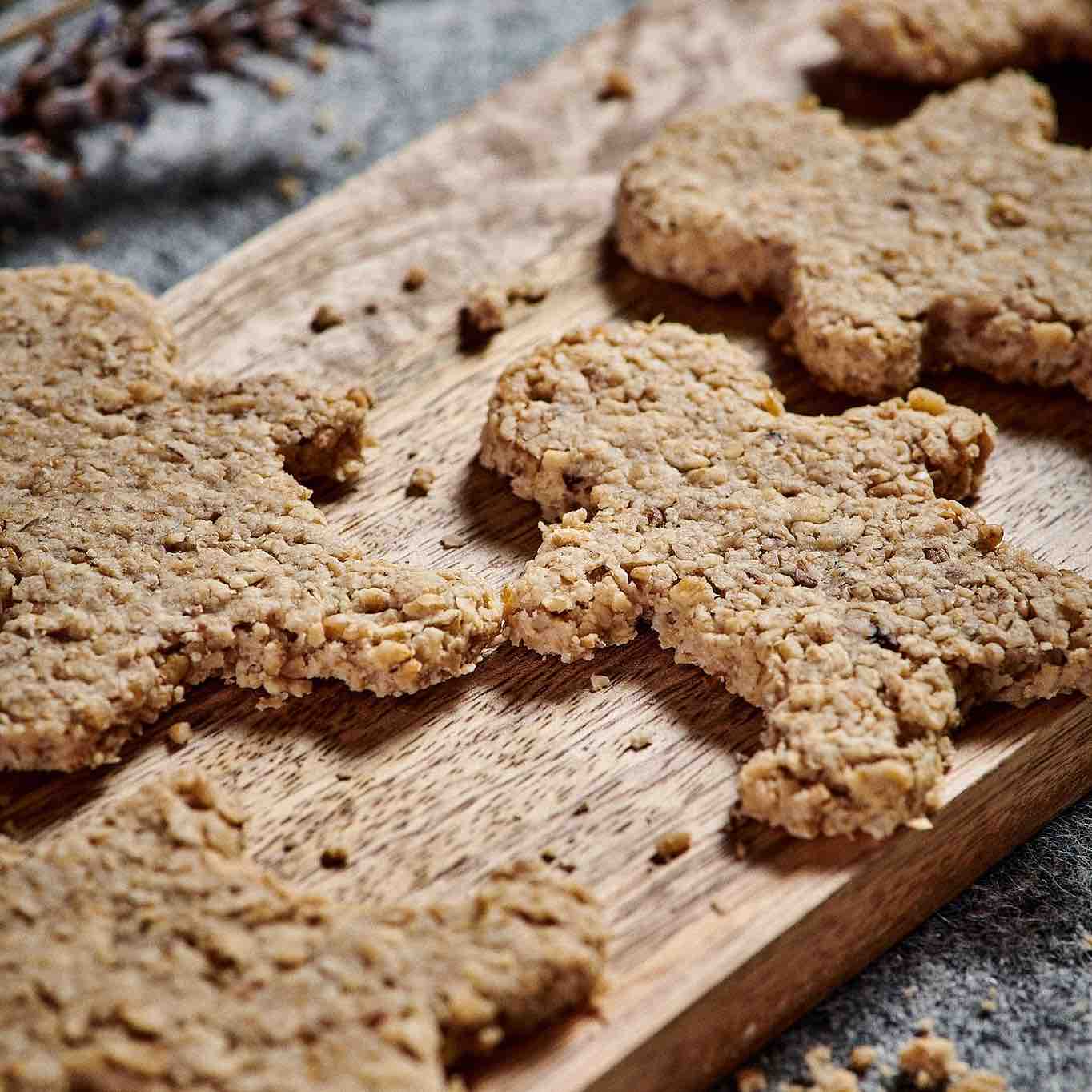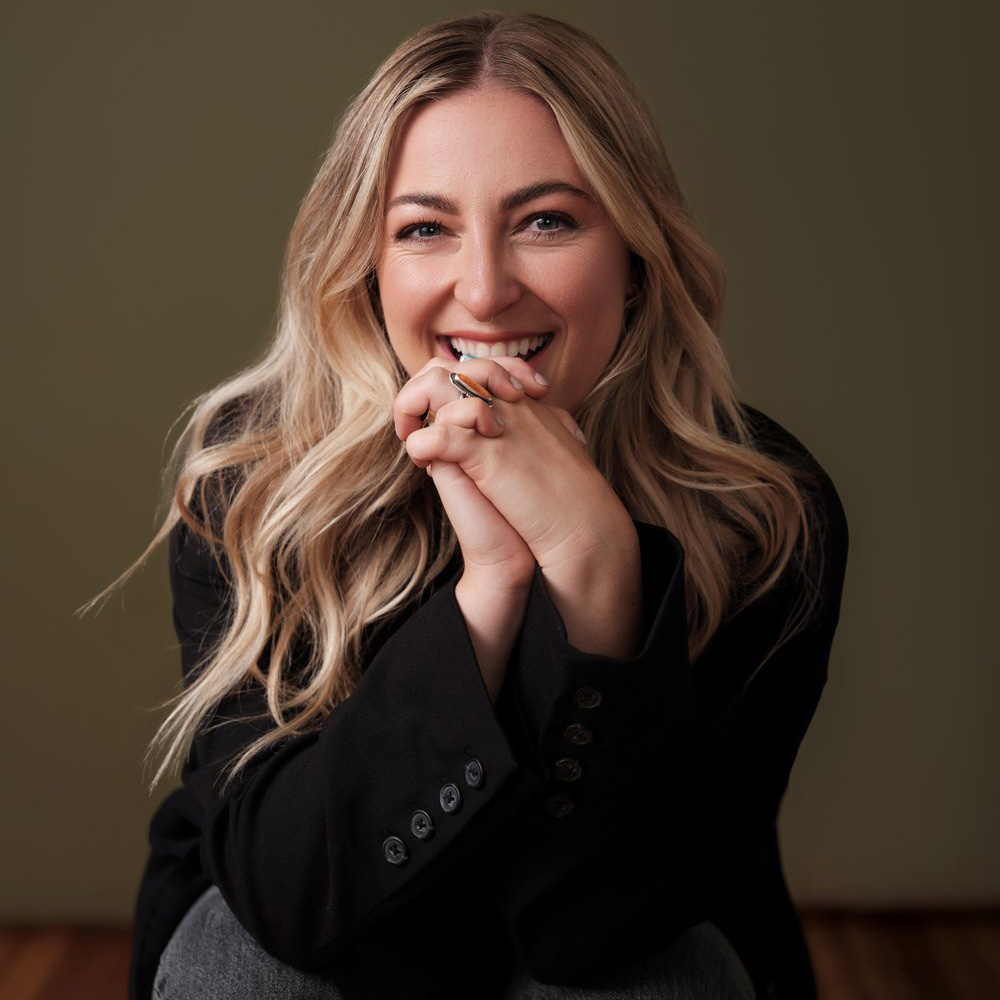Bringing his unique perspective as a distinguished commercial food photographer, Gabriel Lucido the founder of Studio XMI shares his journey and recounts how he seamlessly transitioned from the captivating world of film sets to the tantalizing realm of food.
.jpg)
What inspired your journey into commercial food photography, and how did you transition into this field from your previous endeavors?
Originally, my goal was to work in the film industry. I worked on film sets, owned a small equipment rental business, directed music videos and even did freelance wedding videography. Luckily, all these professions gave me the upper hand when I transitioned to food photography. I started with a few freelance food photography projects and quickly realized my passion for it.
In your career, which food photograph are you most proud of and why?
Every project is special to me for one reason or another; whether it be the people I worked with, the product being photographed, or the creative troubleshooting it took to get the final shot. Most recently, I’ve worked with a So-Cal grocery store chain, Stater Bros., taking photos for their new line of delivery trucks. It brings me a great deal of pride when my daughter can look out the car window and recognize my photo on a truck.

What is your favorite piece of equipment or photography gear that enhances your work specifically in the realm of food photography?
My favorite piece of equipment is a camera stand. Usually, the most important looks for commercial food photography can be achieved with basic gear. The reason a camera stand is my favorite piece of equipment is because it makes the process of photography feel more accessible. By removing all the challenges that come with using a tripod or c-stand for positioning my camera, I have more time and energy to focus on the most important aspect of food photography, taking a great photo.

Food photography can present unique challenges. Can you share a challenging or unexpected situation you’ve encountered during a food photoshoot and how you handled it?
I thought it would be a good idea to learn how to light a wine bottle. After multiple test shoots, hours of research, and 2 DIY projects I finally figured it out. Although this experience has contributed to all other aspects of photography, I still to this day have not been commissioned to shoot a single wine bottle.
In the competitive field of commercial food photography, how do you differentiate your style and maintain a unique approach that sets you apart from others in the same niche?
I think it’s very important as a photographer to always be researching the trend in your niche. For a long time, I was only shooting in a dark and moody style even after seeing the increase of hard light in food photography. It took a big leap outside my comfort zone to learn the new trending look and only from that point was I able to develop my own style.
.jpg)
Can you describe your creative process when conceptualizing and planning a food photoshoot for an advertising campaign or a brand?
When a client comes to me with a project, I try to get everything sorted as quickly and efficiently as possible, mostly coordinating between the client and food stylist. Once that’s out of the way, I’ll have time to look over the details of the project with the goal of identifying potential problems that might occur on the day of the shoot. During the photoshoot, for every scene, I remind myself to continue improving the lighting and composition until everyone is happy with the final image.
If you could give one piece of advice to someone just starting their journey in commercial food photography, what would it be?
I would say look at the work from the top photographers in your niche and try understanding what makes their photos great, determine what the current trend is, figure out what look appeals to you the most, research the simplest and cheapest way to emulate that look, and then overtime develop your own unique style.

In the narrative of Gabriel Lucido's journey, we find not just a story of a photographer but a testament to the fusion of passion, adaptability, and continuous learning that defines a successful career in commercial food photography.

%20(2100%20x%20405%20px).png)
.jpg)

